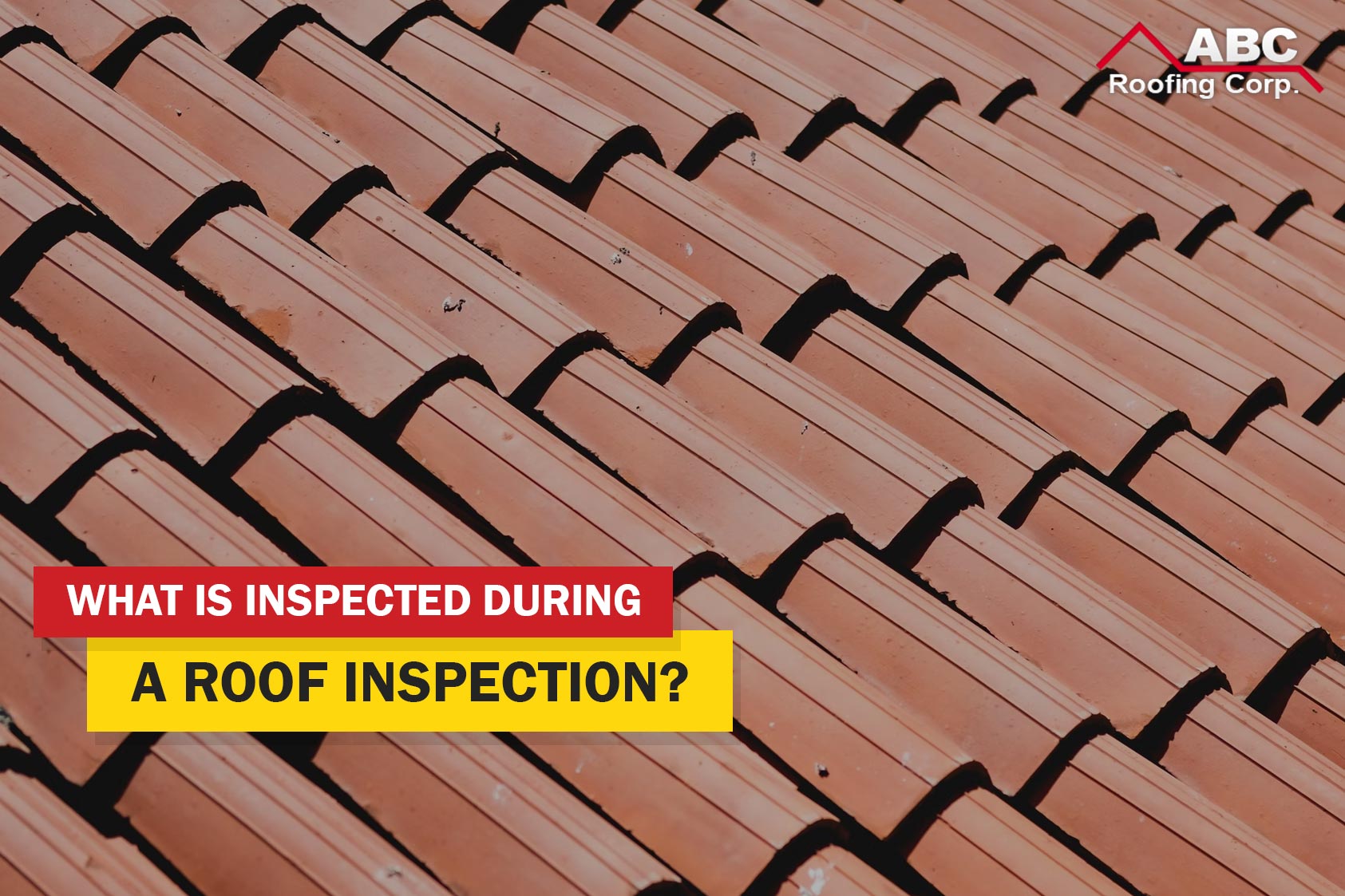
Your roof goes through a lot. Whether it’s heavy rainfall, extreme heat, hurricanes, or critters, your home’s roof is always protecting you from something. Routine roof inspections are important to ensure your roof is doing its job well year-round. A roof inspector looks for any sign of damage in your roofing system, giving you the chance to schedule the necessary roofing repairs before it impacts your everyday living.
But what do roof inspectors look for during a roof inspection? In this article, we explain the entire roof inspection process, which is divided into structural, material, and internal sections.
Structural Inspection
The first part of the roof inspection makes sure the roof is going to stay above your head. Roof inspectors look for any indication that the roof is sagging, based on the positioning of the roof planes.
This part of the inspection does not look for missing or damaged roofing materials but focuses on the structure’s overall integrity. It examines the well-being of the components of the roof that hold it up.
The signs of sagging that roof inspectors look for include:
- cracks, splinters, or rotting in the rafters and trusses
- sagging ceilings
- damaged or missing collar ties
- damaged or missing rafter ties
- leaning or tilting exterior walls
While your inspector on your roof, they’ll also examine the soffit, fascia, and gutters for mold, crumbling, cracks, water damage, and sun damage.
If your home has skylights, chimneys, or vents, your inspector will also examine the grout, seals, and exterior for signs of damage or wear.
Material Inspection
The material inspection focuses on the roofing materials. Your roof inspector will check to see that no shingles, metal plates, clay shingles, or slate shingles are missing or damaged. They will also take note of stains due to rust, moss, or water damage.
They will also inspect the flashing underneath the shingles for cracks, signs of leaks, or pests. The flashing is incredibly important for keeping your roof waterproof. If it’s damaged, you want to know about it!
Interior Inspection
Not all roof damage is visible from the outside of your home. Your roof inspector will also perform an interior inspection to spot any damage or water intrusion on the inside of your home. They will check ceilings, attics, and walls throughout the house’s interior.
The signs of damage they look for include:
- water stains
- wood rot
- mold
- holes in the ceilings
- holes in the walls
- beams of light shining into the attic from the ceiling
- pests such as rats, bats, or bugs
This is also when your roof inspector will make sure your attic has adequate ventilation. This keeps the temperatures in your attic from experiencing a pendulum, which can drastically shorten your roof’s lifespan. They may also recommend you replace or install insulation. This helps to prevent heat loss and reduces your monthly energy costs.
Repair Estimate
After giving your roof a good once-over, your roof inspector will provide an estimated cost of repairs, based on the following factors:
- the level of damage to your roof
- the cost of replacement materials
- labor
If you have a strict budget, your roofing inspector can help you prioritize certain repairs over others, depending on the extent of damage in different areas. Some roof issues that need immediate attention, and some can wait a month or two. This will allow you to tackle the full roof repair one phase at a time, instead of needing to make one large lump payment.
Schedule Your Routine Roof Inspection Today
Now that you know what a roof inspection entails, you’re ready to call a reputable roofing contractor from ABC Roofing Corp. Our team has been taking care of the roofs in South Florida for over 30 years. Our thorough inspections ensure your roof is kept in tip-top shape year-round. To schedule a roofing inspection or to find out more about our top-quality services, contact us at (954) 344-4622 today.
